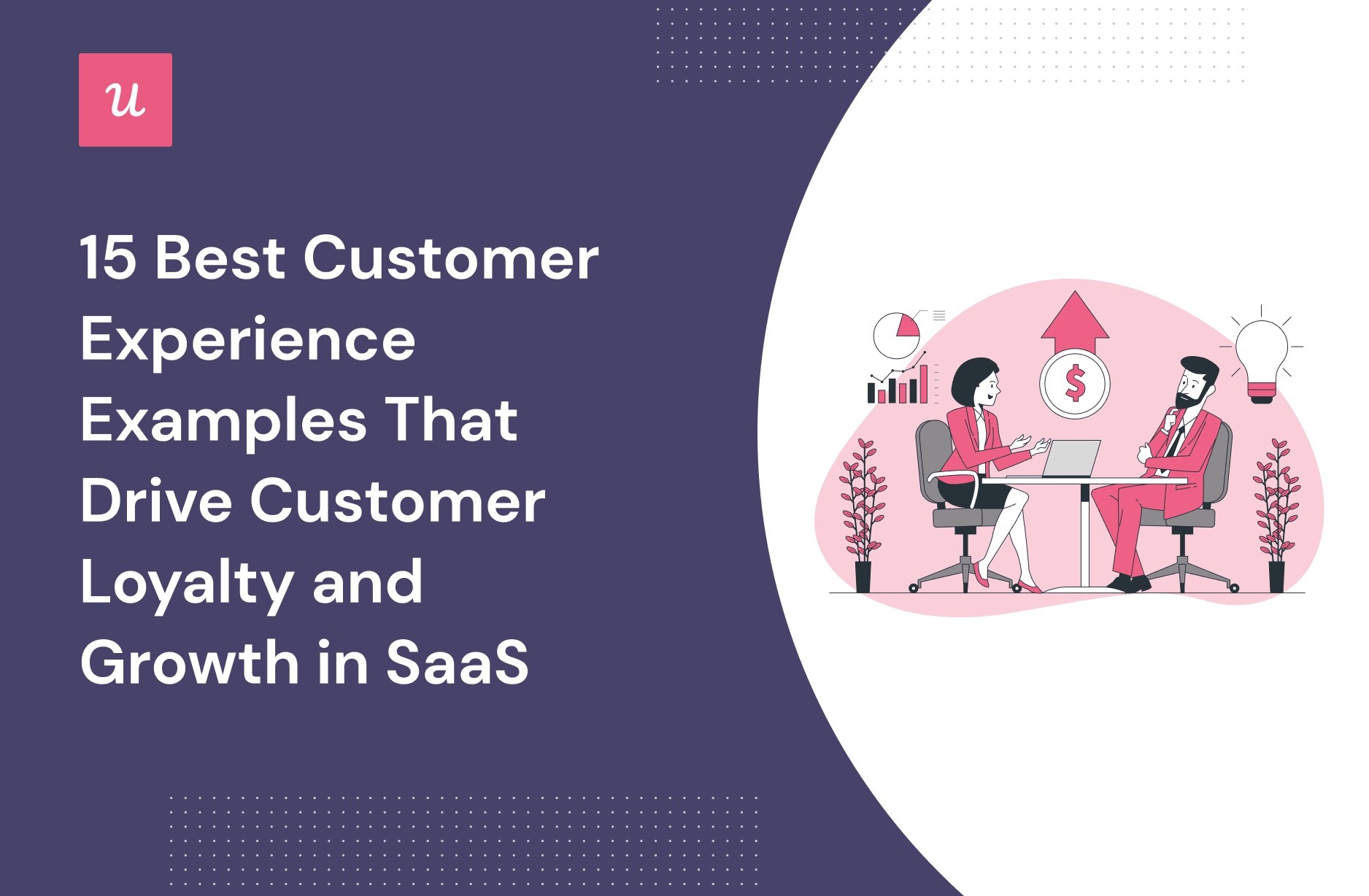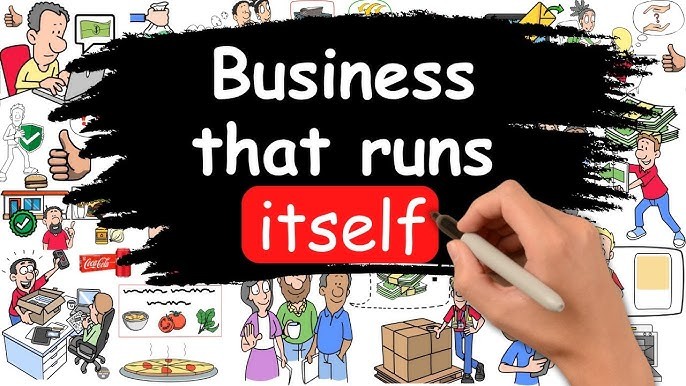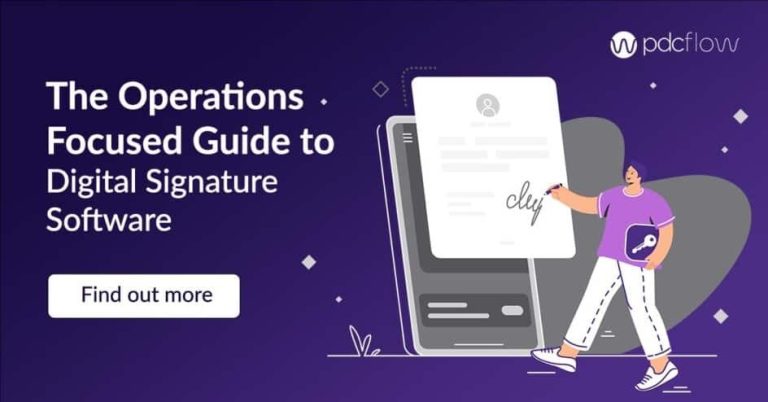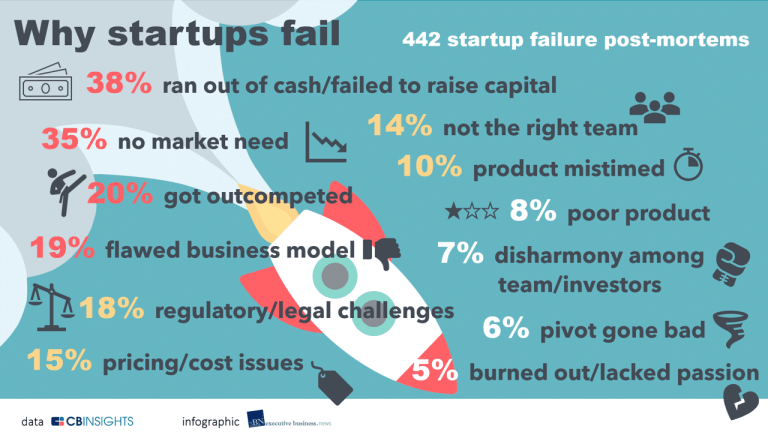Designing for Loyalty: The Customer Experience
Customer loyalty isn’t built on transactions—it’s built on experiences. In today’s competitive landscape, where products and services are increasingly commoditized, the differentiator is how a brand makes people feel. Designing for loyalty means crafting every touchpoint with intention, empathy, and consistency. It’s not just about meeting expectations; it’s about exceeding them in ways that feel personal and meaningful. When customers feel understood and valued, they don’t just return—they advocate. And that kind of loyalty is earned, not engineered.
The customer experience begins long before a purchase is made. It starts with the first impression, whether that’s a social media post, a website visit, or a conversation with a representative. These early moments shape perception and set the tone for the relationship. If the experience is intuitive, welcoming, and aligned with the customer’s needs, it creates a sense of trust. For example, a well-designed website that anticipates user behavior and offers clear navigation doesn’t just look good—it communicates competence and care. In business, design is not decoration—it’s strategy. Every detail sends a message.
Consistency across channels is essential. A customer who receives warm, attentive service in-store but encounters confusion or indifference online will feel a disconnect. That inconsistency erodes trust and makes loyalty fragile. Designing for loyalty means ensuring that the brand voice, values, and standards are reflected everywhere—from packaging to customer support to digital interfaces. This coherence reinforces identity and makes the experience feel seamless. It’s the difference between a brand that feels like a collection of parts and one that feels like a unified whole. In leadership, alignment drives clarity. In customer experience, it drives retention.
Empathy is the cornerstone of loyalty. When businesses take the time to understand their customers’ lives, challenges, and aspirations, they can design experiences that truly resonate. This might mean offering flexible return policies, anticipating seasonal needs, or creating content that educates and empowers. It’s not about gimmicks—it’s about relevance. For instance, a fitness brand that offers personalized workout plans based on user goals isn’t just selling gear—it’s supporting transformation. That kind of emotional investment turns customers into partners. In business, relationships are built on value. In loyalty, they’re built on care.
Feedback loops are vital to this process. Designing for loyalty requires listening—not just through surveys, but through behavior, sentiment, and conversation. When customers feel that their input shapes the experience, they become co-creators. This sense of ownership deepens engagement and fosters trust. A company that responds to feedback with transparency and action demonstrates respect. It shows that the customer’s voice matters. In professional environments, responsiveness builds credibility. In customer relationships, it builds loyalty.
Technology can enhance the customer experience, but only when used thoughtfully. Personalization algorithms, chatbots, and data analytics offer powerful tools for understanding and serving customers. But when these tools feel intrusive or impersonal, they backfire. Designing for loyalty means using technology to support human connection, not replace it. For example, a chatbot that quickly resolves a simple issue is helpful. But when a situation requires empathy or nuance, a live agent who listens and responds with care makes all the difference. In business, efficiency matters. In loyalty, empathy matters more.
Moments of friction are opportunities for loyalty. When something goes wrong—a delayed shipment, a billing error, a product defect—the response matters more than the mistake. A company that owns the issue, communicates clearly, and offers a thoughtful resolution can turn frustration into appreciation. These moments test the strength of the relationship. They reveal whether the brand sees the customer as a transaction or a person. In leadership, crisis reveals character. In customer experience, it reveals commitment.
Designing for loyalty also means recognizing that not all customers are the same. Segmentation allows businesses to tailor experiences based on preferences, behaviors, and values. This doesn’t mean creating silos—it means offering relevance. A luxury brand might focus on exclusivity and craftsmanship, while a value-driven brand emphasizes accessibility and transparency. Both can build loyalty, but only if they understand and honor their audience. In strategy, focus drives impact. In customer experience, it drives connection.
Ultimately, loyalty is a reflection of relationship quality. It’s not earned through points programs or discounts alone—it’s earned through trust, consistency, and emotional resonance. Designing for loyalty means thinking beyond the sale and into the long-term journey. It means asking not just “What do we want customers to do?” but “How do we want them to feel?” When businesses answer that question with clarity and care, they create experiences that endure. And in a world where attention is fleeting and competition is fierce, loyalty is not just a metric—it’s a moat. It protects, it amplifies, and it sustains.







